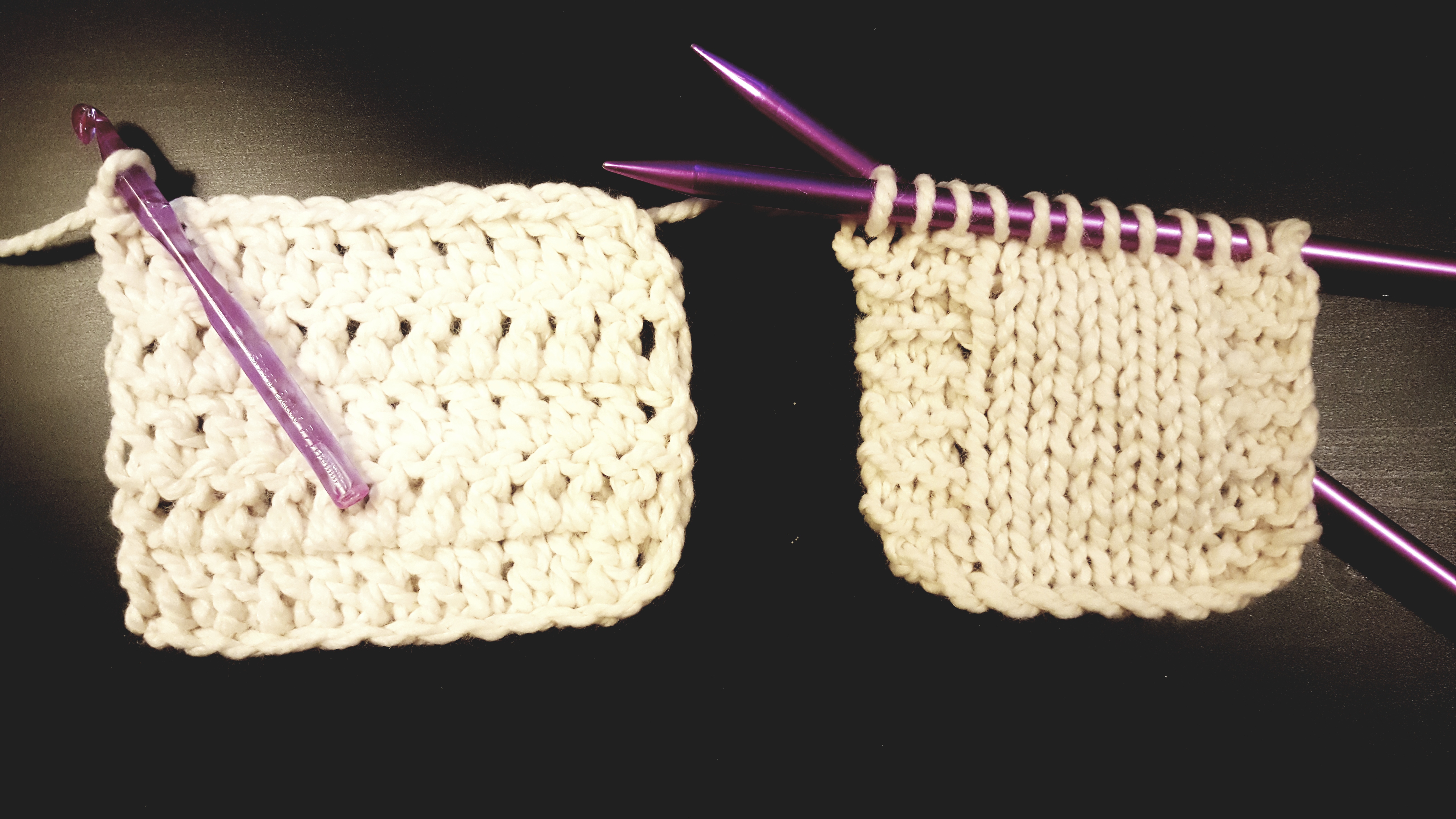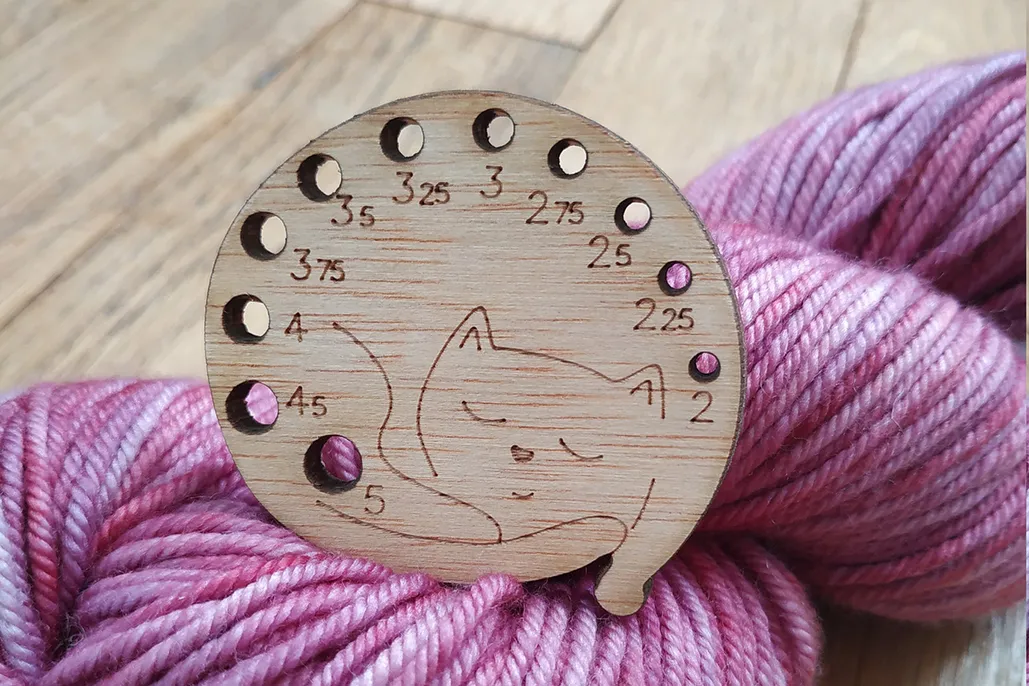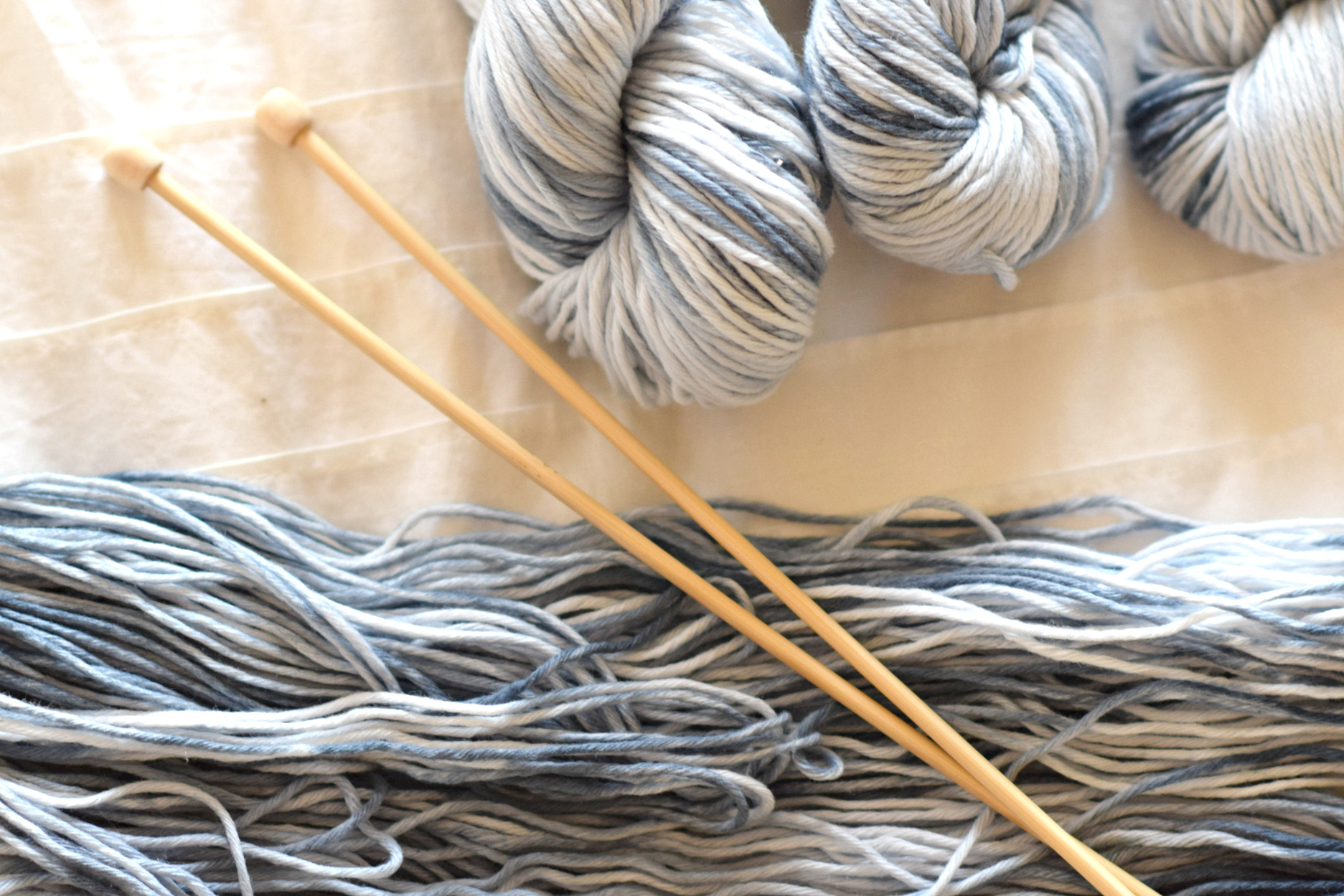A few of us appreciate sewing, while others favor stitching. The two methods of embroidery use yarn to make delightful pieces — articles of clothing, embellishments like caps and gloves, covers — that decorate our homes or fill our storage rooms. The magnificence of both is that you can truly interface with the yarn and the example for the task, and the outcome is genuinely a customized beautiful source of both blessing and pain. The reflective demonstration of sewing in redundancy is one that will in general be extremely unwinding and intellectually animating, as well.

One of the inquiries you could pose to yourself is whether to figure out how to sew or how to knit, and is there a very remarkable distinction between the two? As a novice, you can pick it is possible that one. The strategies and devices are not the same as each other, however the two of them require practice to succeed in expertise; and to the undeveloped eye, the outcome can give off an impression of being basically the same.
Knitting Tools and Techniques

Sewing utilizes a couple of long needles to shape the lines. There are various kinds of needles: straight, roundabout, and twofold pointed. Needles are ordered by (still up in the air by the device's distance across) and the kind of join that you can do with them. For instance, bigger needles are ideally suited for making the enormous circle fastens you need for specific tasks like a sew cover, while you would need more modest needles for making child frill like socks and beanies. On straight needles, you can make level pieces with a volatile sewing development. Round needles let you weave in a roundabout movement, ideal for projects like cowl scarves and caps. As you progress in projects, you will find that having one size of each needle isn't really adequate in sewing.
You likewise have a couple of choices for method: English sewing, German/Mainland weaving, or the specialty switch weaving. In weaving, the "V"- formed join of your work hang off the needle and are moved from one needle to the next, circle by circle. Beginning and halting your weave project in progress implies that join could be left on the two needles making it somewhat clumsy. Also, keeping the weave join from tumbling off the two needles on the way will require needle plugs. It additionally implies, you might be expected to offload your work onto join holders while another piece gets weave on similar sets of needles.
Crochet Tools and Techniques
Sew requires the utilization of a snare, which arrives in a scope of sizes. You make circles with the snare to make the fundamental sew fastens like the single, twofold, and high pitch join. The underlying circle is a slip hitch that is trailed by a chain. Dissimilar to sewing, sew join look like a chain of little bunches. You can make a few slip bunches and chains for your undertaking, yet ought to attempt to keep an even strain as you work through each join.
You pick the size of the snare in light of the size of the fasten required, and it's really smart to think about the heaviness of the yarn for your task, as well. A little snare won't function admirably with a yarn that has a higher weight. For instance, you ought to utilize a B/1 toE/4-sized snare while working with superfine yarn loads to make sensitive things like child garments. However, you would need a Q snare to sew bigger afghans, sweaters, and mats with kind sized weight yarn. In many cases, one essential arrangement of snares will be sufficient to the greater part of your sew projects. You can have different undertakings going that require a similar snare without stressing over the task size, holding lines, or on the other hand assuming you're knitting normal or in the round. In knit, the lines are essentially circled onto the piece so there's no moving of fastens starting with one apparatus then onto the next.
Which Should You Choose to Learn?
![The Ultimate Knitting Technique Library [tutorials for ALL stitches]](https://nimble-needles.com/wp-content/uploads/2021/05/a-swatch-knitted-with-the-double-knitting-technique-1024x684.jpg)
Both are truly strategies for sewing yarn together, simply in various styles. In sewing, the join structure a "V" shape. In knit, the lines are more similar to hitches. Weaving utilizes a couple of long needles to frame the circles, moving a bunch of circles starting with one needle then onto the next; the fastens are hung on the needle. Stitch utilizes a solitary snare to snare the circles together straightforwardly on the piece. This significant distinction makes sew a lot more straightforward to work with than weaving.
For amateurs who look for comfort and adaptability, we recommend knit. The apparatuses and strategies are limited, and, hence, somewhat more open. Getting as a self-educated hobby is exceptionally simple. For those hoping to dominate a more extensive scope of devices, then think about weaving. Kids who figure out how to sew since the beginning can foster more confounded abilities. The extraordinary advantage of sewing is that, it upholds modern plans in middle of the road to cutting edge stages. A few tasks consolidate methods —, for example, our wrap in stockinette fasten and decorated with a sew trim. What's more, you could constantly consider Tunisian knit, which many view as the best of the two methods.
FAQs
Is it faster to learn to knit or crochet?
This arrangement of information upholds the end that sew is, without a doubt, quicker than weaving. Appearing, as a matter of fact, that sewing can accept 2-3 times as lengthy to deliver a similar measure of texture as sew. Curiously, twofold stitch is by all accounts quicker than single knit.
Is crochet easy if you know how do you knit?

Before you begin overreacting about beginning without any preparation you want to realize how simple sew is to learn, particularly assuming that you know how to weave (regardless of whether just the nuts and bolts). You understand what a join is. You realize we use columns or rounds to make a venture.
What is the first stitch to learn crochet?
The Chain Join is the most straightforward of the sew lines. It is the premise of most knit work, yet it tends to be utilized likewise as a strategy its own, making a chain of fastens.
















